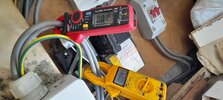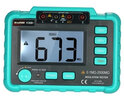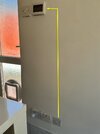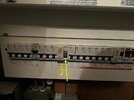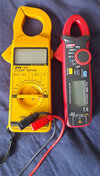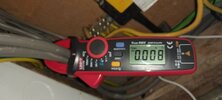I had electric underfloor heating cable and thermostat installed many years ago. It was a loose cable with Heatmiser thermostat. It’s been working fine all these years until September last year when I had issues with it whereby the fuse would trip if I tried to switch-on the the underfloor heating. I recently called an electrician over to take a look and all the cabling from switch to the thermostat was fine and whilst the thermostat was off the wall he tried switching it on and by magic the heating was working fine and it did not cause the fuse the trip. After, about 20 mins of running the heating it was switched off and everything put back together as the electrician had other work to get on with. At the end of the day, he tried switch on the heating using the thermostat and the fuse tripped again. The assumption after some diagnosing was that the thermostat had a fault so it was swapped with the thermostat from another room (this wasn’t a Heatmiser thermostat). This worked for 2 months and now I have exactly the same fault causing the fuse to trip if I switch on the floor heating.
I called the electrician and he is very confused that it worked for 2 months and the same fault re-appeared again. Could it be that this thermostat has also blown?
Are thermostat specific to type of cable or power etc?
I’ve run out of ideas as everything that you can physically see is fine (according to the electrician) and if the heating has worked for two months after replacing the thermostat so it can’t be the cable itself.
Any one come across this or has any pointers or ideas?
Thanks v much
I called the electrician and he is very confused that it worked for 2 months and the same fault re-appeared again. Could it be that this thermostat has also blown?
Are thermostat specific to type of cable or power etc?
I’ve run out of ideas as everything that you can physically see is fine (according to the electrician) and if the heating has worked for two months after replacing the thermostat so it can’t be the cable itself.
Any one come across this or has any pointers or ideas?
Thanks v much


